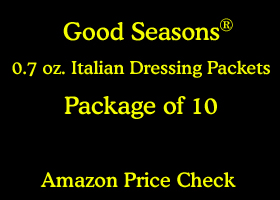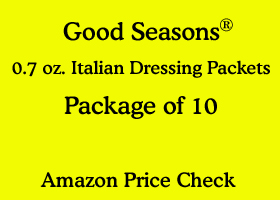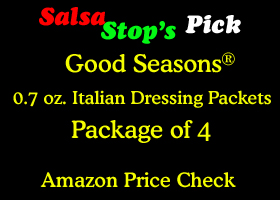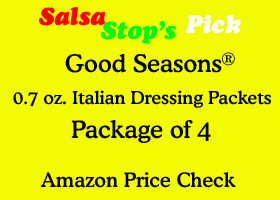 ------------
------------ ------------
------------Unlike heating food this works the opposite way. This salad needs to be cooled down during the mixing process. When you’re done this salad will be chilled and ready! You have an ice maker. Why not put it to use? Clean out the kitchen sink and dump in enough ice from your ice tray to spread out and uniformly cover the bottom of the sink. That will be your ice burner. Your copper bottom pot will work the same way except in reverse. It will evenly and efficiently remove the “heat” from your salad and transfer it to the ice [scientifically speaking “cold” is just the absence of heat - what that means is that you are removing heat from the salad and distributing efficiently through the copper bottom pot into the ice which will begin to melt during the mixing process]
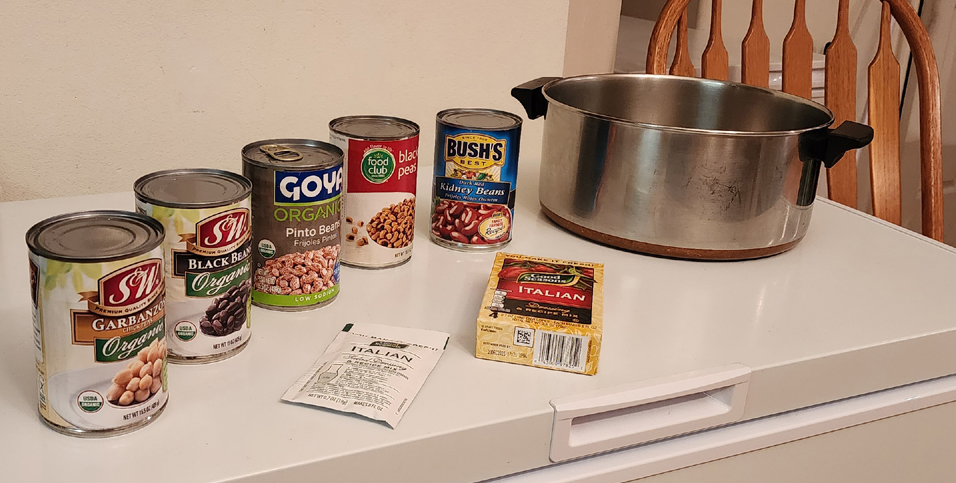
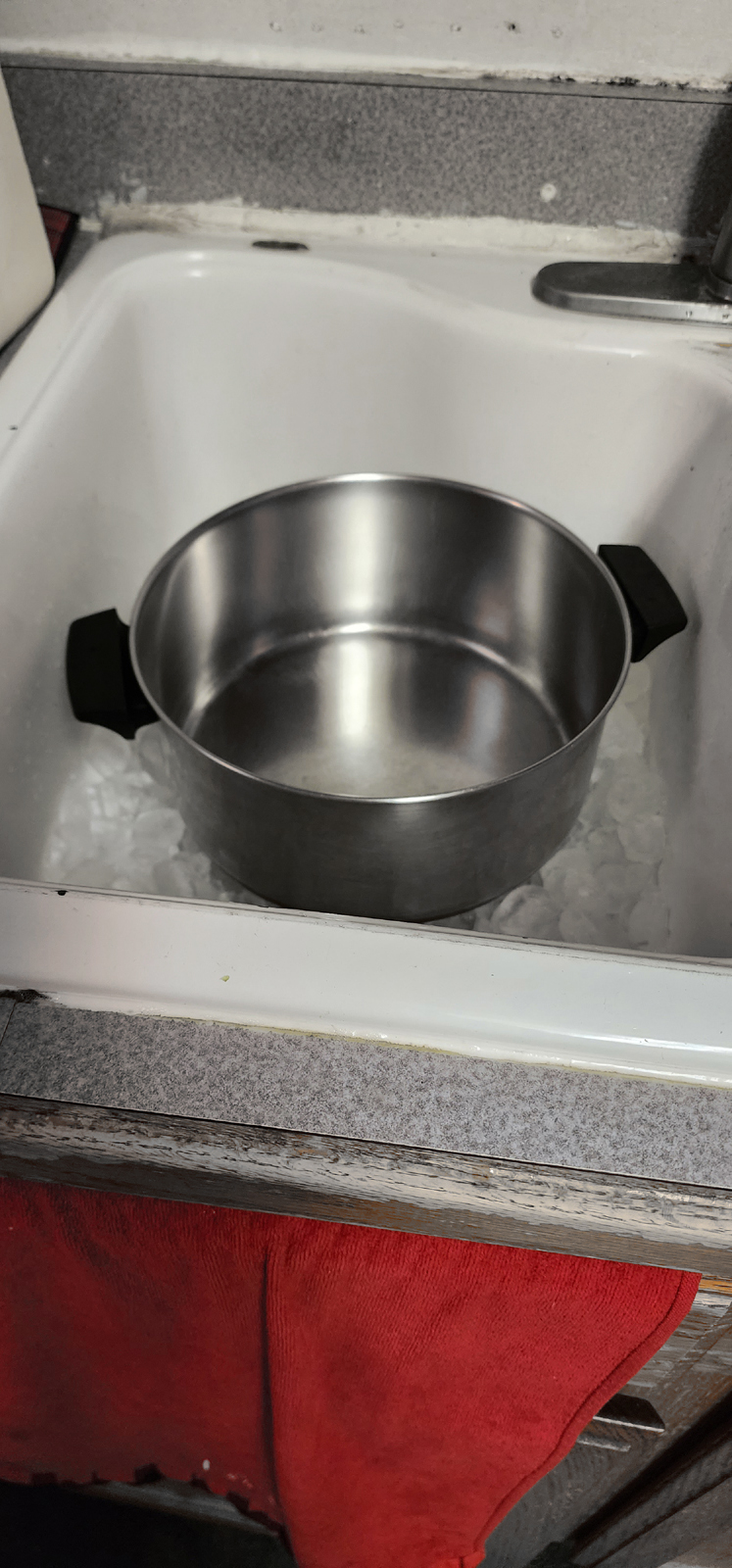
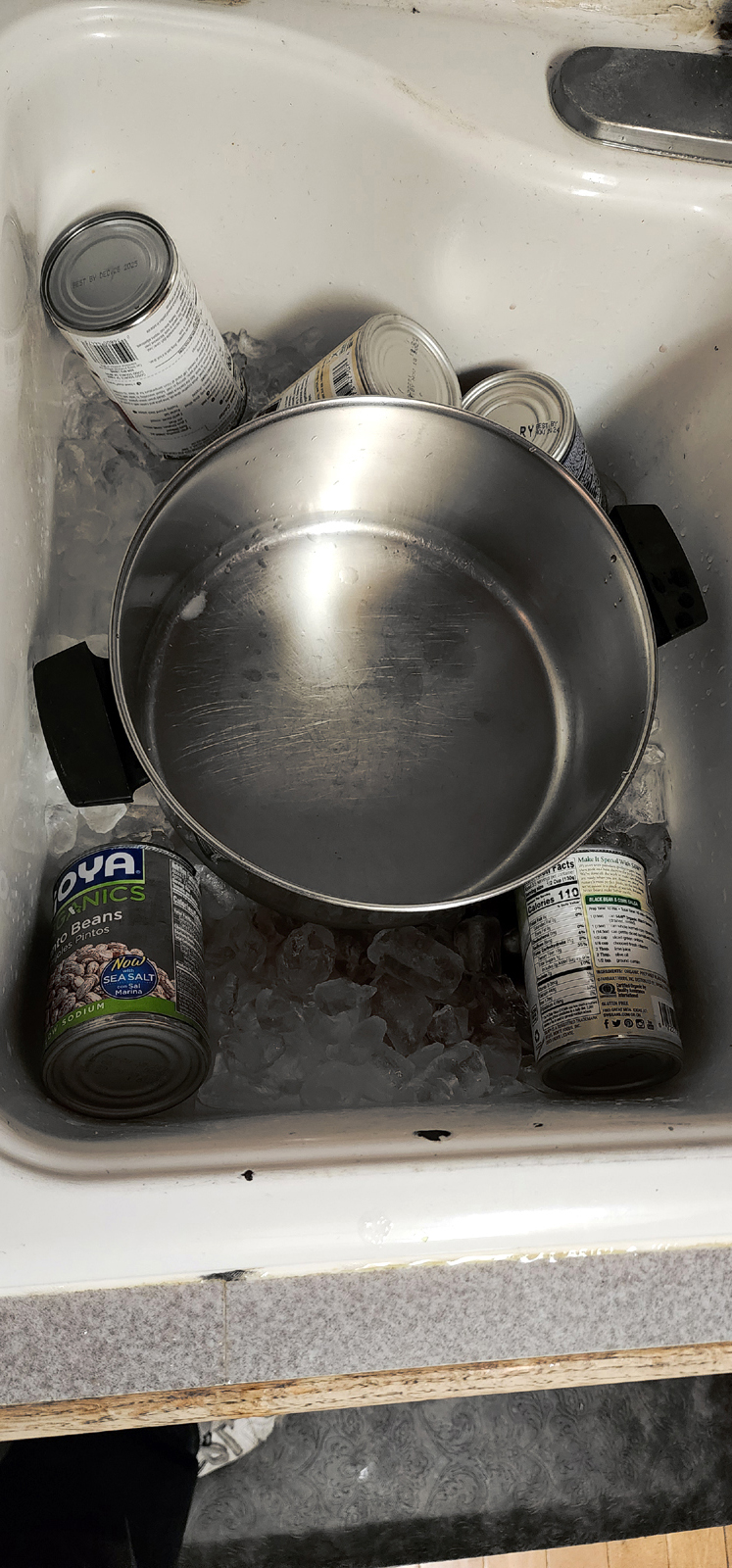 Not all brands of beans are of equal quality. You can count on any of the brands depicted here as good quality. These are S&W®, Goya®, Food Club® and Bush's®]. If you like one type of bean over another and/or if you can't find a suitable substitute for a brand you can't find [Example: Food Club® is a regional brand] you can always double up on your faorite bean and make it a 4-bean salad. Note that three of the cans contain Organic beans. We ecommend going with organic where you can find it. Just so you know if an item is labelled USDA Organic then that automatically means it's non-GMO as well. Part of the definition of USDA Organic is that it's not genetically modified food. You're making a quality salad. Why not make it as close to natural as possible. Natural food is the classic real food. Right?
Not all brands of beans are of equal quality. You can count on any of the brands depicted here as good quality. These are S&W®, Goya®, Food Club® and Bush's®]. If you like one type of bean over another and/or if you can't find a suitable substitute for a brand you can't find [Example: Food Club® is a regional brand] you can always double up on your faorite bean and make it a 4-bean salad. Note that three of the cans contain Organic beans. We ecommend going with organic where you can find it. Just so you know if an item is labelled USDA Organic then that automatically means it's non-GMO as well. Part of the definition of USDA Organic is that it's not genetically modified food. You're making a quality salad. Why not make it as close to natural as possible. Natural food is the classic real food. Right?
Fill the bottom of the sink with ice from your ice maker and set the copper bottom stock pot on top as shown. You'll be draining the bean cans upside-down into the ice along side the stockpot as shown. With a can opener open each can of beans about 85% to 90% of the way [If a can has a pull-tab then very carefully pull open about 65% to 70% of the way]. You might need to pry the lid open just a little bit on some cans to facilitate draining the liquid out of the can and into the ice. If you pry a can open too much you may lose some of the beans. Let the beans drain for two three minutes. Then dump all the beans into the stock pot and mix well. Begin dicing the green vegetables one at a time individually. Each time after dicing one vegetable add and mix into the beans. It's this constant mixing as you proceed that accelerates the cool-down process. Repeat the process one vegeteable at a time. Finally dice and mix in the tomatoes last.
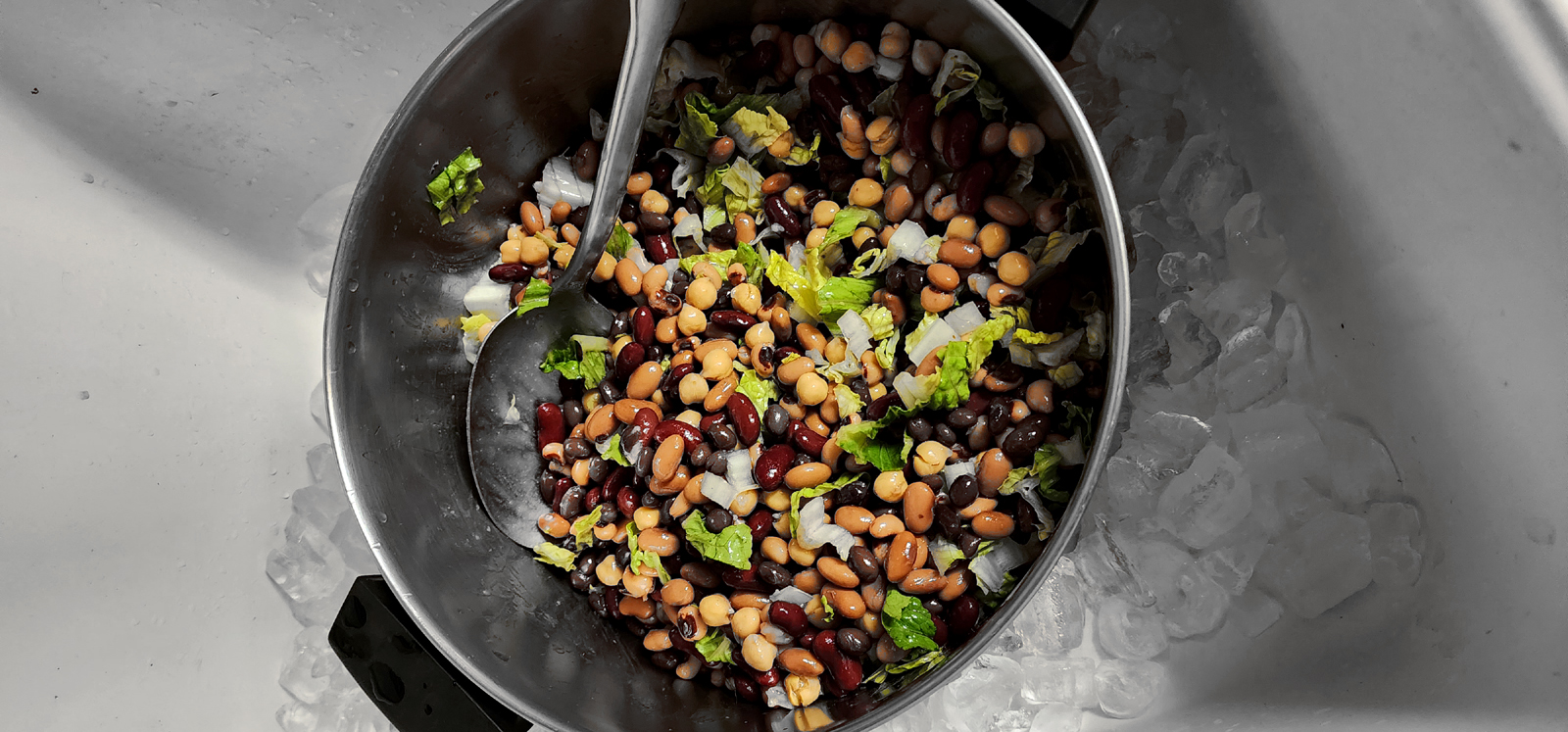
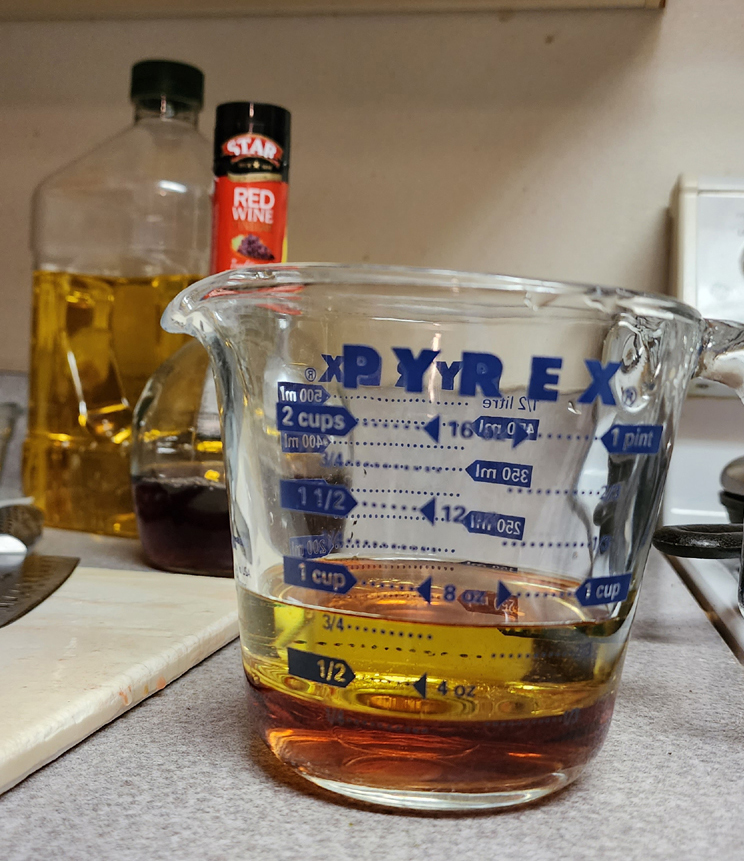 In a measuring cup add in red wine vinegar to the ¼ cup line [60 ml.]. Then add in ½ cup [120 ml.] of olive oil. That will take you to the ¾ cup line [180 ml.] as you see in the photo. Then add in two to three tablespoons [approximately 30-45 ml.] of water. Dump in the Good Seasons® packet and mix well. Then stir into the salad mixture. You're ready!
In a measuring cup add in red wine vinegar to the ¼ cup line [60 ml.]. Then add in ½ cup [120 ml.] of olive oil. That will take you to the ¾ cup line [180 ml.] as you see in the photo. Then add in two to three tablespoons [approximately 30-45 ml.] of water. Dump in the Good Seasons® packet and mix well. Then stir into the salad mixture. You're ready!
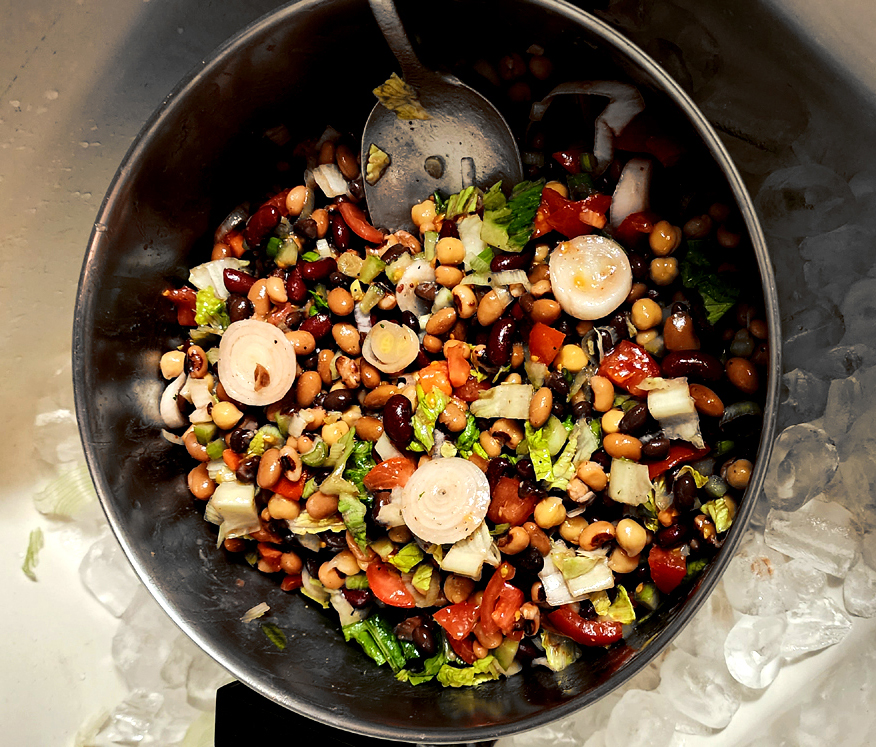
We recommend using Himalayan salt. Coming in various shades of pink it is the cleanest natural sea salt currently available on the market. Free from modern pollutants, this salt was formed in an ancient seabed in the days that predate the dinosaur era over 300 million years ago. Then, from tectonic action, large pockets of this sea salt were sealed off from the environment as the Himalayan mountains were pushed up out of the sea.
It’s the 80+ trace minerals bound into this sea salt that give this salt it’s full bodied flavor. Although the flavor is the real draw, a side benefit is that your body actually needs these trace minerals to function properly. How can you beat that? In a time where a lot of the nutrients that come from our farm soil has been played out it’s nice to know that you can recuperate some of the minerals from this sea salt.
In our earlier recommendation to choose organic “where possible” we noted that GMO products are eliminated automatically. Other important considerations include that fact that organic foods are grown without the use of pesticides and weed killers. That means that there should not be any pesticide nor herbicide residues in the food at all.
Sure, the government has standards for how much of these residues can remain in the foods. Fair enough. But think of it this way; is there anyone that you know who really wants pesticide or herbicide residues in their food? For that matter who do you know that wants to go out of their way to get laboratory derived genetically modified food products? Sure, it’s near impossible to avoid it all. However it never hurts to default to organic where available and reduce the percent of these pollutants in your diet.






